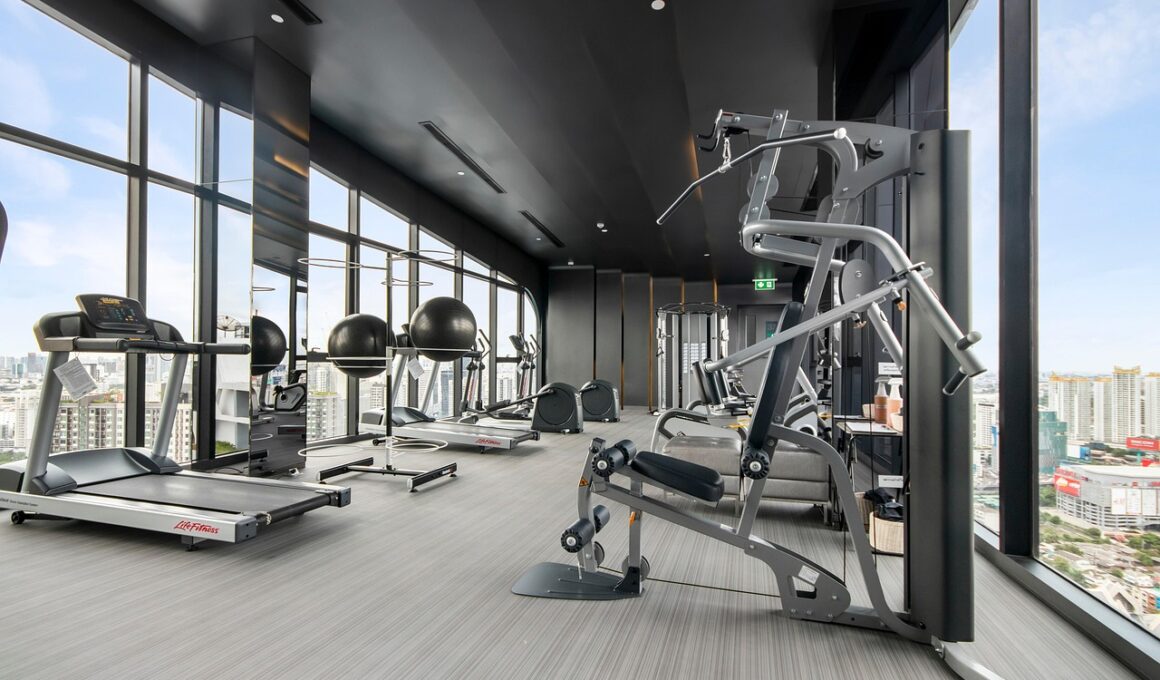Smith Machines in Commercial Gyms vs Home Setup
Smith machines are essential for both commercial gyms and home setups, providing versatility in strength training. A commercial gym typically features larger, more robust Smith machines designed to withstand heavy usage. These machines allow users to perform controlled, guided movements, promoting proper form while reducing injury risk. Moreover, in commercial spaces, Smith machines often have additional features like adjustable benches, resistance bands, and integrated safety bars. In contrast, home setups often focus on space efficiency and budget-friendly options. Home Smith machines tend to be more compact and sometimes less versatile, as many users may want to maximize utility in limited spaces. Despite their more limited design, they still offer exceptional functionality for various exercises, including squats, bench presses, and shoulder presses. Users can target multiple muscle groups effectively without needing an extensive home gym setup. Additionally, for home users, purchasing a quality Smith machine can lead to significant long-term savings, eliminating ongoing gym membership costs altogether. Ultimately, both setups serve unique needs, making the choice between them essential based on personal fitness goals and space availability.
Another key difference arises in the financial aspects associated with Smith machines in commercial gyms and home installations. Commercial gym equipment, including Smith machines, often carries higher upfront costs. However, these investments translate to multiple users benefiting from the equipment. In a commercial setting, the revenue generated by memberships and usage fees helps justify these costs, making it a practical investment. Home users, on the other hand, typically face extensive one-time costs when purchasing a Smith machine. Although there are various price points available, savvy home gym enthusiasts must balance quality with budgetary constraints. Investing in a more expensive, durable model can provide a better return over time due to fewer replacements needed. Moreover, maintaining and repairing equipment at home reflects a different logistical challenge compared to commercial settings, where gym owners usually handle such tasks. Additionally, a home gym provides a personal space for workouts, eliminating travel costs and saving time. Users can train at their own pace and enjoy a more intimate, customized fitness experience. Ultimately, comparing these financial aspects helps inform individuals making crucial decisions about strength training equipment options.
Space Considerations for Smith Machines
Space limitations significantly impact the decision to use Smith machines in commercial gyms versus home setups. Commercial gyms are typically designed with adequate floor space to accommodate large equipment, enabling users to exercise freely without feeling cramped. This layout promotes a more dynamic workout environment, allowing individuals to transition seamlessly between different machines. Advanced models often feature built-in racks and attachments for various exercises, further enhancing space utility for multiple users. In contrast, home gym setups frequently prioritize compactness due to limited square footage. Many home users need to consider creative solutions to maximize the efficiency of their chosen equipment. Space-saving designs can include foldable or multi-functional Smith machines. While an efficient layout is essential for any home gym, maintaining an inviting and motivating atmosphere is equally vital. A well-organized space can lead to more productive workout sessions and help mitigate feelings of isolation during individual training. Furthermore, incorporating lightweight accessories like resistance bands, free weights, or stability balls adds variety without requiring substantial space. Ultimately, understanding these spatial dynamics allows fitness enthusiasts to tailor their routines to suit personal preferences and practical limitations.
Regarding the training goals, the differences between using Smith machines in commercial gyms and home setups play a significant role. Commercial gyms often cater to various fitness enthusiasts, from beginners to seasoned professionals, creating an inclusive environment. Smith machines in these settings facilitate diverse training programs targeting multiple fitness levels. Personal trainers frequently utilize Smith machines during guided sessions, tailoring exercises to clients’ goals while ensuring safety. Clients can also benefit from the social interaction and camaraderie fostered within a gym atmosphere. In contrast, home gyms are typically driven by personal fitness aspirations, which encourages individuals to design their workout programs tailored to their needs. Consistent use of Smith machines at home can dramatically enhance strength, stability, and flexibility. Users can choose exercises specifically targeting desired muscle groups and progress at their own pace. However, the key challenge for home users lies in maintaining motivation and accountability. Without the social environment of a commercial gym, individuals must cultivate discipline and consistency to reach their fitness goals. Therefore, recognizing these differences can help users select equipment aligned with their unique motivational triggers and training objectives.
Equipment Maintenance in Different Environments
Maintenance of Smith machines is another critical consideration when comparing commercial gyms and home setups. In commercial facilities, gym owners invest in regular maintenance to ensure all equipment remains in optimal working condition. They often employ technicians or have preventive maintenance schedules to address issues promptly. This level of attention helps prolong the lifespan of machines and minimizes downtime for users. Comprehensive maintenance programs include cleaning, adjusting, and replacing worn components. Ensuring a clean environment is equally vital for user experience and safety. On the contrary, at home, the responsibility for equipment care falls entirely on the individual. Regular cleaning and maintenance are crucial to prolong the lifespan of Smith machines, specifically concerning lubricating moving parts, tightening bolts, and checking cable integrity. Home users must develop a maintenance routine, which may include periodic inspections and upkeep. This can be especially essential for families sharing the equipment, as wear and tear can occur rapidly with more frequent use. Ultimately, understanding how maintenance requirements differ between commercial setups and home environments influences buyers’ decisions when investing in Smith machines for their fitness journeys.
Lastly, the sense of community and support differs greatly when training with Smith machines in commercial gyms versus home setups. Gym environments typically foster social interactions, allowing users to connect with fellow fitness enthusiasts, share advice, and motivate one another. This sense of community can enhance overall commitment to fitness goals, promoting a culture of accountability. Personal trainers often scout out gym-goers utilizing Smith machines, providing guidance and encouragement as needed. In contrast, individuals training at home often miss this aspect of fitness culture, leading to feelings of isolation. Without access to social support, motivation may wane, making it essential to find alternative strategies. To counteract this solitude, home users can leverage online forums, fitness apps, and virtual classes that create a sense of community. Engaging with others can be essential for accountability, particularly when progress slows or motivation dips. Additionally, social media allows individuals to share their fitness journeys, connect with peers, and even invite friends for workout sessions. Ultimately, balancing personal workouts with external support creates a fulfilling fitness experience, regardless of whether one chooses a commercial gym or a home setup.
Conclusion: Choosing the Right Setup
Ultimately, deciding between a Smith machine in a commercial gym versus a home setup involves weighing various factors, including space, financial considerations, training goals, maintenance, and community support. Commercial gyms offer convenience and access to diverse equipment alongside a supportive environment. This can be ideal for beginners and individuals seeking a broad array of services and personalization, especially with the added benefit of group classes. Conversely, home setups provide flexibility and privacy, allowing users to train whenever suits them best. Individuals focused on specific fitness goals can benefit from customizing their equipment choices without external distractions. However, potential challenges like motivation and maintenance require proactive planning. When making this decision, it’s vital to evaluate personal fitness aspirations, lifestyle, and available resources. By reflecting on these considerations, users can align their choices with their individual needs, ensuring successful training experiences either in commercial facilities or at home. Whether selecting commercial or home Smith machines, understanding the differing benefits of each environment helps inform and enrich fitness journeys for all levels.
In summary, navigating the landscape of Smith machines entails an appreciation of the nuances within commercial gym settings versus home gym environments. By understanding the advantages and challenges of each setup, fitness enthusiasts can make informed decisions that align with their personal needs and goals. The adaptability of Smith machines makes them a popular choice, whether within the bustling atmosphere of a gym or the comfort of one’s home. As trends in fitness continue to evolve, the accessibility and functionality of Smith machines remain at the forefront, guiding individuals on their journey toward improved strength and overall health. Therefore, recognizing the role Smith machines play in various contexts empowers users to harness their potential effectively, thus enriching the overall fitness experience.


